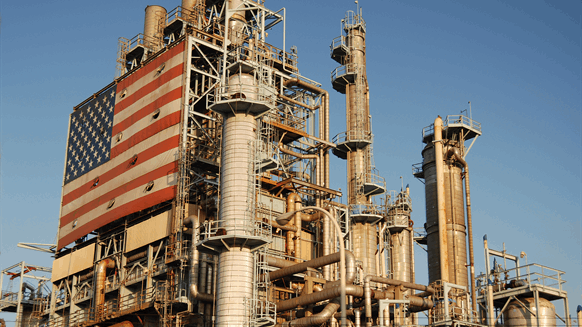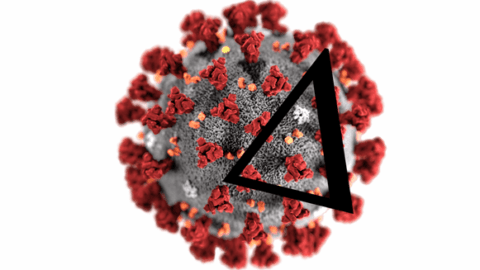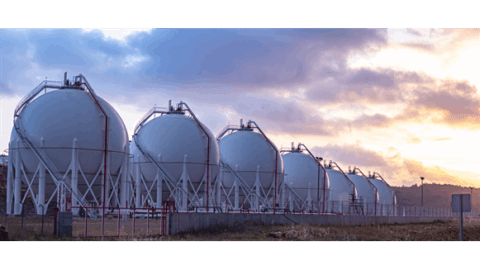(Bloomberg) — Should U.S. refiners get excited about one week of record demand for gasoline?
With jet fuel consumption still weak and distillate stocks rising despite strong domestic demand, refiners must rely on gasoline as their summer lifeline. The first of the season’s two big driving holidays, July 4, generated strong demand for the motor fuel. Now, refiners need that momentum to hold until Labor Day, which this year falls during the first full week in September.
Gasoline demand, measured by product supplied, surged 9.5% to more than 10 million barrels a day last week, a record high in weekly data going back to 1990. London consultancy Energy Aspects Ltd. estimates U.S. summer gasoline use, however, will lag a couple of percentage points behind 2019 levels, tossing out comparisons to summer 2020 when the pandemic decimated fuel use.
“I wouldn’t be surprised if we have a very strong Labor Day but we’re not going to beat 2019,” said Robert Campbell, Energy Aspects head of oil products research. Lower employment levels, people continuing to work from home and still not traveling as much are reasons why demand probably has peaked, he added.
A judicious tweaking of run rates indicates refiners themselves are well aware of the ephemeral nature of summer demand, particularly this year as the U.S. continues to climb back from the devastation of Covid-19.
Refinery utilization dipped to 92.2% last week from 92.9% as plants in the Gulf Coast, Rocky Mountain and West Coast regions scaled back.
“It’s really a unique recovery,” said Trisha Curtis, co-founder of PetroNerds said. “It says a lot about the unique trends in the U.S. with folks driving more with flexible work schedules, going back to work, and many still not yet working.”
Meanwhile, exports of finished gasoline jumped 90% to 848,000 barrels a day. Strong exports are still a must for refiners as “margins are not that great and crude is very expensive,” Campbell said. But as long as they can sustain exports at these levels, “they will make hay while the sun is shining.”
It remains tough to generate profits even as higher vaccination rates has more drivers taking to the roads this summer. Refiners that once relied on heavy crude imports have had to switch to lighter, more costly domestic grades, as heavies became harder to secure. This type of crude makes less vacuum gasoil so it forces some refiners to import this feedstock to be able to run their gasoline-making fluid catalytic crackers at full rates.
Gasoline demand shows promise while diesel and jet fuel are less reliable and should keep refinery rates in check. Gulf Coast distillate inventories are 34% higher than they were in July 2019. Exports of distillates fell 16.4% last week. Jet fuel demand fell a second straight week.
“Refiners are unlikely to surge runs,” said Zachary Rogers, director of Global Oil Service at Rapidan Energy.
Refining margins (as of July 8, in $/bbl)
- Maya U.S. Gulf coking at $6.26
- LLS U.S. Gulf cracking at $8.15
- WCS U.S. Midcontinent coking at $28.06
- East Coast Forcados cracking at $3.84
- U.S. West Coast WCS crude oil 3-2-1 crack spread at $34.13
- Nymex 3-2-1 front-month crack spread at $19.98
© 2021 Bloomberg L.P.
#USA #Gasoline #Demand #Surged #Week
Tags: Coastal Flow Coastal Flow Measurements Coastalflow Demand Gasoline oil and gas petroleum news events stories articles analysis commentary headlines stocks finance commodities maps pictures Surged USA Week








